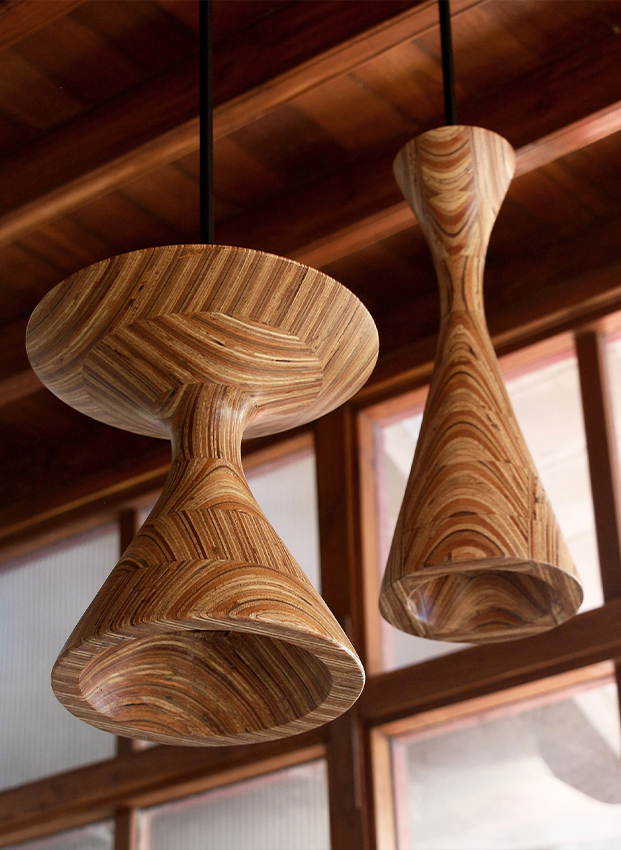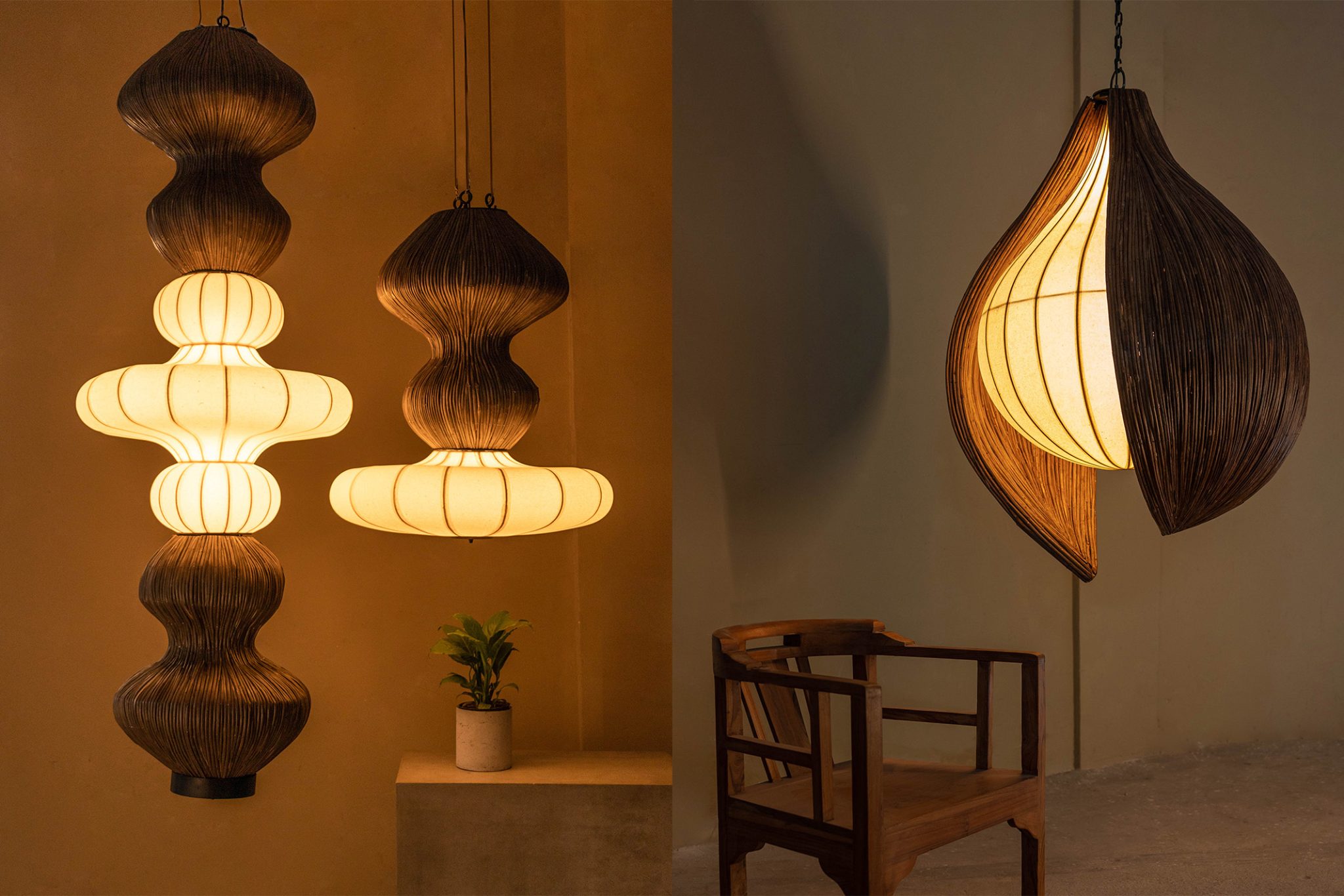The 5 Most Innovative Digital Works From Around The Globe At Art Dubai 2025
Cutting-edge digital art presented at Art Dubai reflects on how AI and technological innovation are shaping our perception of collective existence in the wake of socio-environmental issues.
In a region where innovation pulses at the heart of daily life, Art Dubai has once again positioned itself at the crossroads of art and technology. Since its bold launch in 2022, ‘Art Dubai Digital’ has redefined the landscape, inviting collectors, patrons, emerging talent, and seasoned connoisseurs to reimagine the future of art through the lens of code, connectivity, and creative disruption. The fair’s high-tech cultural offerings have inspired similar digital spotlight initiatives at global fairs, including Paris Photo, Art SG, as well as the ‘PIVOTAL’ section at the British Art Fair.
The recently concluded 18th edition of the fair, Art Dubai, transformed into a playground for young tech entrepreneurs, crypto investors and digital enthusiasts. From the Internet of Things to AI, robotics and quantum computing, the installations offered an immersive glimpse into how technology is reshaping the language of contemporary digital art. As Curator of Art Dubai Digital, Gonzalo Herrero Delicado took on the task of normalising digital art as a serious investment, peeling back its technical layers to reveal the science and systems beneath. Beneath this accessibility lie quiet provocations—critical messages woven into the very fabric of the works he chose to present. “It was an opportunity to re-position and elevate Digital Art within a wider contemporary art discourse. It is key for digital art, or new media art as I prefer to call it, to go beyond the silo defined by the technologies that shape it, and focus on the message, not the medium,” shares curator Delicado.
We examine 5 cutting-edge installations at Art Dubai 2025 that reflect on human interconnection while challenging how technology reshapes our perception of collective existence in the wake of socio-environmental issues.
Also read: 7 Iconic Artworks To Discover At The 11th Asia Pacific Triennial Of Contemporary Arts
1. A Slice of Global CO2 Emissions – ‘Carbon Wake’ by BREAKFAST

A gigantic 7-metre-long wall with gold reflective flip-discs steals the limelight at the main entrance of the digital section. This is an installation by pioneering American kinetic sculptor, BREAKFAST, whose creation serves as a testament to artistic innovation and environmental consciousness. Powered by AI-driven analysis, ‘Carbon Wake’ selects a different city and transforms its real-time energy data into a dynamic visual experience. “The sculpture integrates carbon emissions data from major global contributors, including the United States, China, India, Germany, and Russia. These countries are central to the sculpture’s movement patterns, representing a broad and impactful slice of global emissions”, shares BREAKFAST.
The sculpture interprets the shifting balance between fossil fuels and renewable energy, with its kinetic tiles as they dramatically surge upwards and cascade downwards, responding to data collected on CO2 emissions. “This data, which took days to gather, is brought to life through motion, transforming the sculpture into a responsive visual barometer of our planet’s energy landscape”, shares the artists. ‘Carbon Wake’ is a living, breathing artwork that translates the urgent global narrative of energy transition into a physical, human-centred experience. He also has six limited edition pieces presented at his solo booth (X6), that addressed pressing realities of climate change.
2. World’s First Cross Continental Data Sculpture – ‘Mother Earth’ by Ouchhh Studio

Turkey-based data-driven pioneer, Ouchhh Studio, marks a breakthrough moment with their unparalleled innovation in the intersection of art, science, and technology. They present ‘Mother Earth,’ the world’s first cross-continent data sculpture that transforms raw data such as air quality, CO2 emissions, temperature changes and humidity levels into a vivid sensorial experience. As part of a three-part global project, the artwork is connected to two similar AI Data Sculptures in Beijing and Mexico. Presented in collaboration with DG Art Gallery & Project (Booth No: X19), the visuals are generated using data streams from NASA’s network of 20 satellites, which feed all three installations. Here, data becomes paint and algorithms the brush, composing a collective portrait that reminds us of responsibility towards Mother Earth.
Also read: Pixel Prodigies: 5 South Asian Artists Re-Programming The Canvas With A.I.
3. Patronising the idea of Borderless Geographies – ‘Directions (Merging)’ by Mohammed Kazem

Getty Images for Art Dubai)
As one enters the Julius Baer Lounge, one is consumed within an infinity room surrounded by multiple numerical coordinates against the backdrop of rolling waves. For instance, it feels like a jumbled world map without any sense of navigation, almost like being lost and drowning in a vast ocean without any signs of land. However, the unifying element that decodes them is that they represent coordinates of locations where the water meets the shore. This is Emirati artist Mohammed Kazem’s debut installation at Art Dubai as he patronises the idea of borderless geographies. The immersive work titled ‘Directions (Merging)’ speaks to the seamless exchange of resources, the fluidity of nature, and the interconnectedness of distant shores, mirroring Dubai’s evolution as a future city and a hub for global communities.
“With Dubai’s coordinates at the centre, those of other places will merge and dissolve into one another, rendering them unrecognisable. This convergence challenges the notion of fixed borders and territories, creating a space where geographical distinctions fade into one fluid, interconnected landscape”, shares Mohammed Kazem. This installation presents a strong commentary on today’s tense geo-political instabilities that have engulfed us across the globe.
4. Story of a Melting Planet – ‘RETREAT’ by Jacopo Di Cera

Italian artist Jacopo Di Cera tells the story of a melting planet, particularly glaciers. Supported by CIFRA, Cera presents ‘RETREAT’, a high-impact installation built using 32 monitors made with eco-sustainable materials. Di Cera’s intervention transforms the drama of climate change into a powerful visual experience as each monitor follows the other like a cascade of moving images, creating a continuous loop that guides the viewer on an emotional and sensorial journey. At the heart of this installation is the fate of the Brenva glacier in the Italian Alps, which has retreated by 200 metres in the last two decades. “Its retreat is not just a localized phenomenon — it is a symbol of a broader and accelerating ecological shift. I chose this glacier as a case study because it represents the intersection of science, beauty, and loss. Through this focus, RETREAT speaks to the global climate emergency by grounding it in a specific and tangible reality,” shares Di Cera. Presented by Immaterika, the installation is a digital outcry for the unprecedented loss, irreversible damage and immeasurable impact of glaciers melting due to climate change. “From data to empathy – and empathy to action. RETREAT is a visual outcry for a vanishing world, urging us to witness, to feel, and to change, he comments.
Also read: From Picasso To Anish Kapoor: 3 Luxury Hotels That Bring Art To Life
5. Reassembling Mineral Bismuth – ‘Neogene Collection’ by Alper Derinboğaz

Turkish architect Alper Derinboğaz incorporates Artificial Intelligence and research data tools to reassemble the mineral bismuth. Presented by digital art platform TAEX (Booth No: X22), ‘Neogene Collection’ consists of 3D artefacts, generated based on simulations of geological formations from a very distant past using Data Morphosis methodology. “The collection originated from a desire to materialize deep time. We began by examining geological formations and processes, translating them through algorithmic and digital methods to create forms that embody the slow, continuous transformation of the earth”, shares Derinboğaz. This NFT digital archive presents a time marker debating on our continuous human co-existence amidst the rise of interdependence on AI and environmental concerns. This collection reminds us that humankind exists on the Earth just for a singular moment in its history. However, a limited perception of temporality by humans poses a significant threat to their existence within the realms of architectural and geographical issues.
These thought-provoking installations invite viewers to introspect on the state of the world, confronting urgent issues such as climate change, geopolitical instability, and global carbon emissions. “Everyone is very excited about the impact of quantum technology, but this is still far away. For now, I’d say we are living a renaissance defined by AI, in particular connected to live data generation and applied to immersive experiences”, comments Gonzalo Herrero Delicado. The Gulf continues to position itself as a hub for innovation in both technology and art. Art Dubai Digital has played a pivotal role in establishing digital art as a distinct and influential genre within the art fair circuit. This year’s successful cutting-edge curation begs the question of whether other art fairs will embrace this growing momentum of digital art.



























